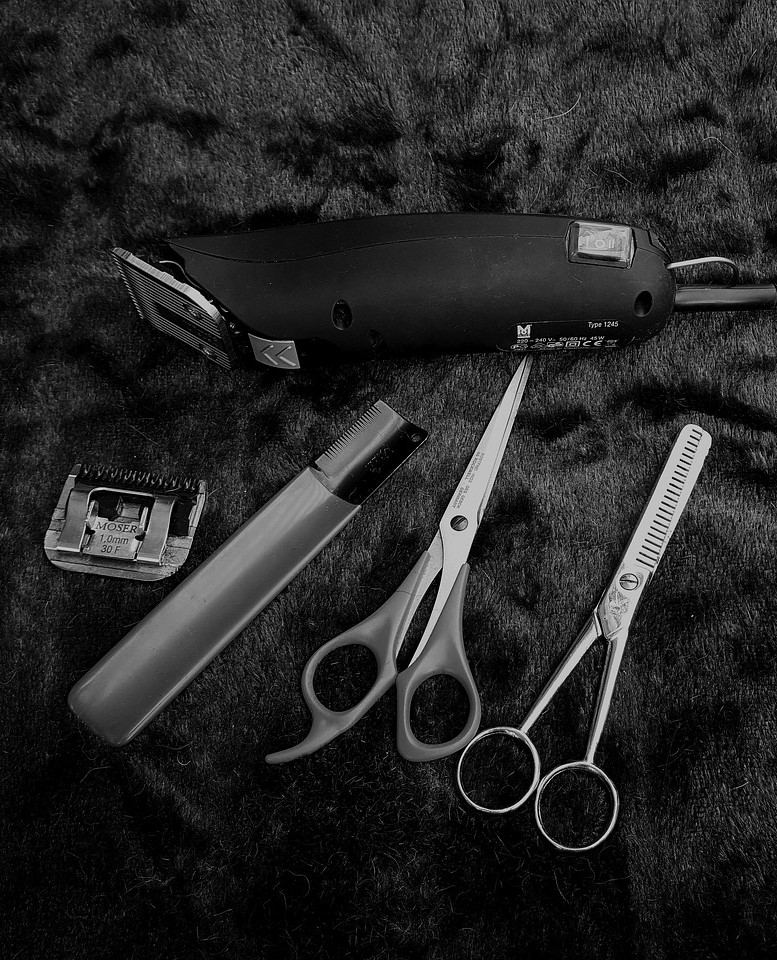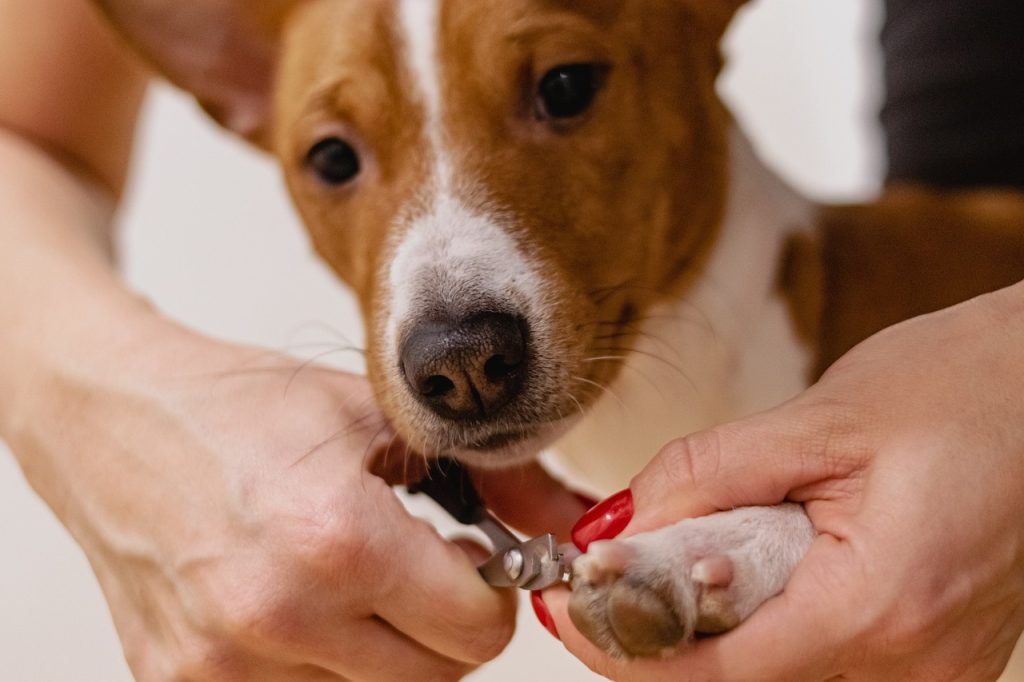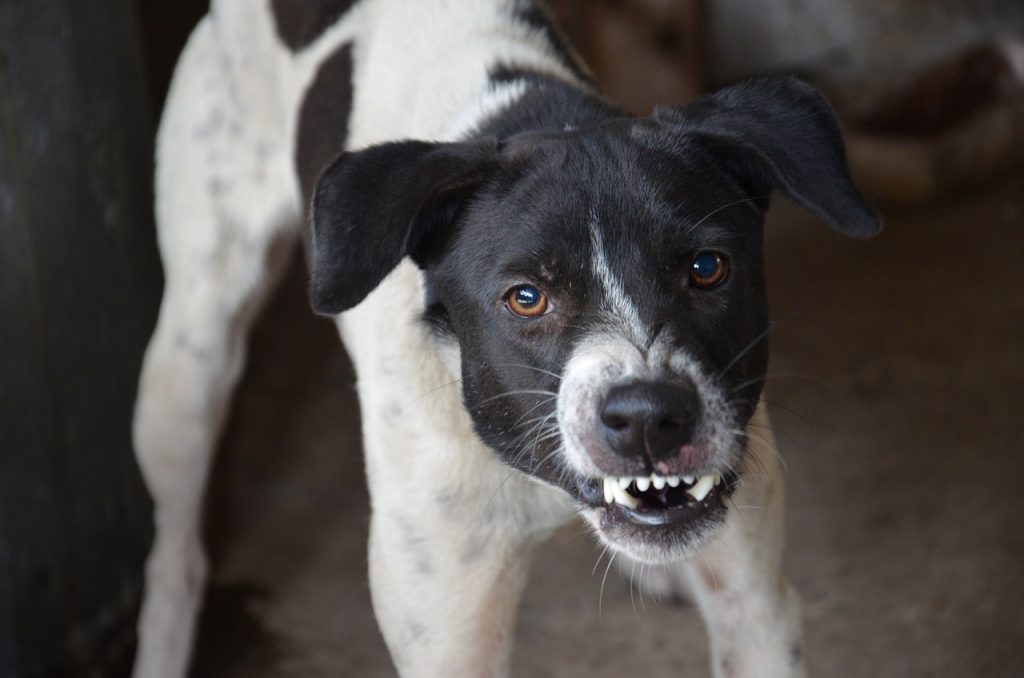
Grooming is a fundamental aspect of caring for your dog’s well-being, irrespective of their breed or coat type. Regular grooming sessions not only maintain your dog’s cleanliness and tidiness but also prevent skin issues, matting, and discomfort. Here’s a comprehensive guide to dog grooming, along with tips for handling grooming-resistant pups:
Brushing

Regular brushing removes loose fur, dirt, and tangles, while distributing natural oils to keep the skin healthy. Depending on your dog’s coat type, the frequency of brushing varies. Long-haired breeds typically require daily sessions, while short-haired breeds need less frequent brushing. Choose a suitable brush and approach your dog’s coat gently and patiently. Learn More About Dog Oral Hygiene.
Bathing
Bathe your dog with dog-specific shampoo every 4-6 weeks, ensuring their skin remains clean and free from debris. Avoid over-bathing, as it can strip natural oils from the skin. If your dog dislikes bathing, introduce them to water gradually, use treats for positive reinforcement, and make the experience as calm and enjoyable as possible.
Nail Trimming

Regular nail trims prevent discomfort and mobility issues caused by overgrown nails. If your dog resists nail trimming, start slowly by touching their paws and gradually introduce them to the clippers. Offer treats and praise to create a positive association with the process. If needed, seek assistance from a professional groomer or veterinarian.
Ear Cleaning
Clean your dog’s ears weekly with a gentle ear cleaner formulated for dogs. If your dog is uncomfortable with ear cleaning, start by touching their ears gently and rewarding them with treats. Use positive reinforcement to gradually introduce the ear cleaner and the cleaning process. If necessary, consult your veterinarian for guidance.
Dental Care
Maintain your dog’s oral hygiene by brushing their teeth regularly with dog-specific toothpaste. Start slowly, allowing your dog to become accustomed to the toothbrush and toothpaste. Use positive reinforcement and praise to make the experience enjoyable. Additionally, provide dental chews or toys to help keep their teeth clean between brushings.
Handling Grooming-Resistant Dogs

By establishing a consistent grooming routine and using positive reinforcement techniques, you can help your dog overcome grooming aversions while promoting their overall health and happiness. Remember to be patient and understanding, and prioritize your dog’s comfort and well-being throughout the grooming process.
If your dog is resistant to grooming, start by desensitizing them to the grooming tools and process gradually. Use treats and praise to reward calm behavior and take short grooming sessions to avoid overwhelming them. If your dog remains resistant, seek assistance from a professional dog trainer or behaviorist to address underlying issues and develop a positive grooming routine.